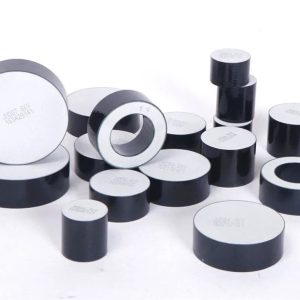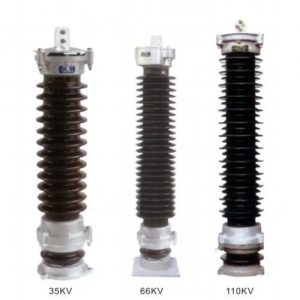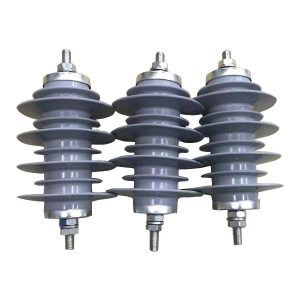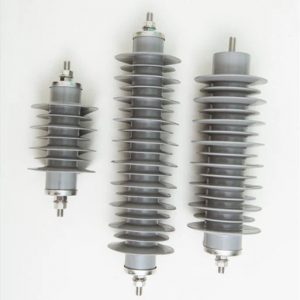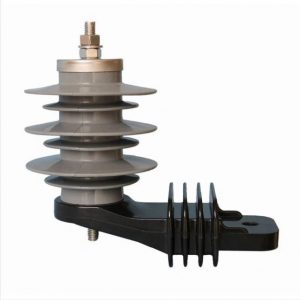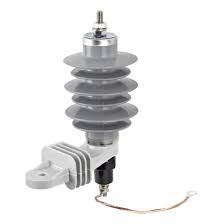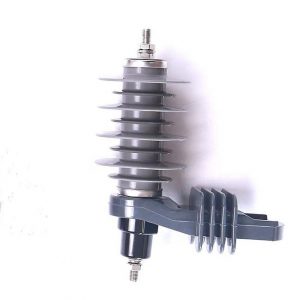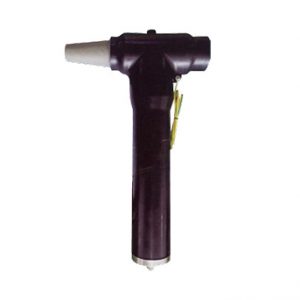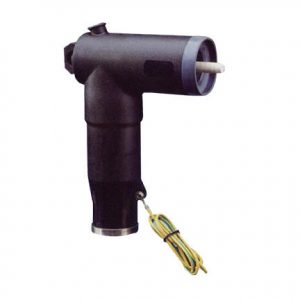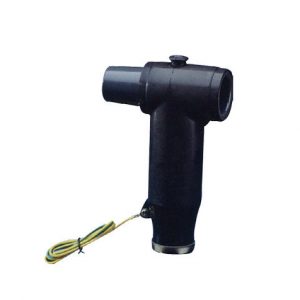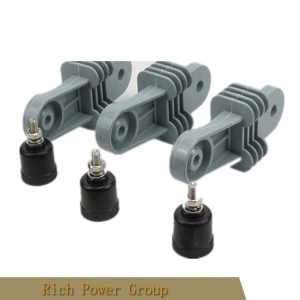Surge Arrester
Surge arrester has another name of lightning arrester. It is a protective device for limiting voltage on equipment by discharging or bypassing surge current. It prevents continued flow to follow current to ground and it is capable of repeating these functions as specified per ANSI standard C62.11. There are approximately 100 lightning strikes on the Earth’s surface every second. Surge arrester does not absorb lightning or stop lightning. It diverts the lightning, limits the voltage and protects the equipment installed in parallel.
The role of surge arrester is used to protect various electrical equipment in the power system from damages that caused by lightning overvoltage, operating overvoltage, power frequency transient overvoltage. When a communication cable or equipment is operating at normal operating voltage, the arrester is not effective and is regarded as a circuit breaker to the ground. When a high voltage occurs and endangers the insulation of the protected equipment, the lightning arrester will immediately act to direct the high voltage impulse current to the earth, thereby limiting the voltage amplitude and protecting the communication cables and equipment insulation. When the overvoltage disappears, the arrester quickly restores to its original state, making the communication line work normally.
There are two types of insulation housing of surge arrester, one type is porcelain housing, another is polymer housing. We can prdouce both types of lightning arrester. All spare parts of surge arresters are made by ourself, which include MOV( zno varistor or sic varistor), bracket and disconnector. As a leading manufacturer and supplier of surge arrestser(lightning arrester), Rich’s surge arresters are the primary protection against atmospheric and switching overvoltages. Rich power company offers a complete range of surge arresters for high and medium voltage applications. The range comprises of AC and DC solutions up to 1,100kV and arresters for special applications like railways, DC-voltage limiting devices and many other purposes. The designs comply with the IEC 60099-4 and ANSI/IEEEC62.11.
Showing 1–12 of 18 resultsSorted by latest

